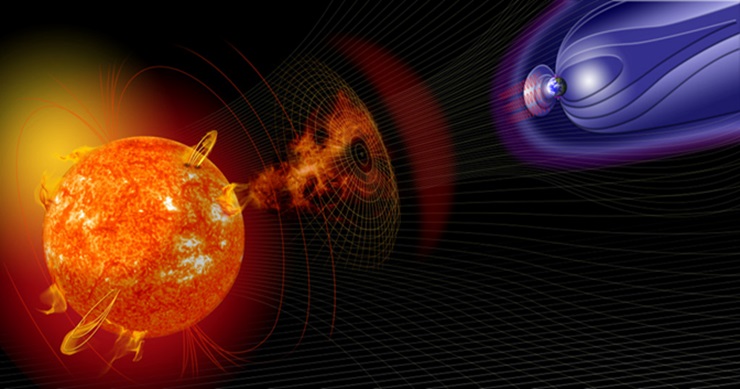Space is fraught with dangers, including high-energy particles from solar activity that can threaten technology and human safety on Earth. NASA has responded to these risks by funding the CLEAR space weather forecasting center at the University of Michigan for five years. The center’s goal is to provide accurate, timely forecasts to anticipate solar energetic particle (SEP) storms, which can damage electronics, sensors, and even human DNA, posing a significant challenge for long-term space travel.
The sun’s surface activity, characterized by intense heat and complex magnetic fields, can lead to solar storms that emit SEPs—charged particles moving at nearly the speed of light. These particles can reach Earth’s orbit within minutes, offering little advance warning. CLEAR aims to improve predictions of these SEP storms by combining expertise from various specialists in astronomy and astrophysics.
The center plans to integrate physics-based models, which are highly accurate but computationally expensive, with faster machine learning techniques that predict storms based on past events. This hybrid approach seeks to create an efficient forecasting system that can quickly warn satellite operators and space missions of impending SEP events, helping to protect against the associated risks.
Key Takeaways:
- NASA has funded the CLEAR center at the University of Michigan to enhance space weather forecasting and predict solar energetic particle storms.
- Solar energetic particles pose significant risks to astronauts and technology in space, potentially damaging DNA and electronics due to their high speeds and radiation.
- The CLEAR center aims to develop faster and more accurate models for predicting solar storms by combining physics-based and machine learning techniques.
“A single strong event can exceed the lifetime dose of radiation for astronauts.”
More details: here


Leave a Reply